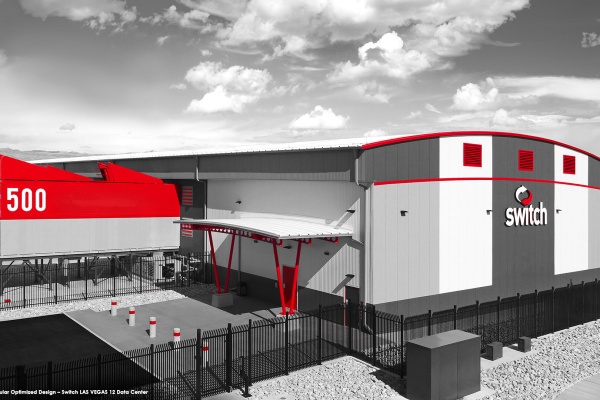Vertiv highlights how companies can improve power and energy efficiency in a post-Covid world.
Threats to human life and livelihoods are partly about perception. How serious is the threat? Is it immediate, or a long-term threat? How likely is it to happen? Can we take action to ease the damage caused if the worst does happen?
By focusing on one threat, it is easy to temporarily forget about other global risks, even though they haven’t receded. For much of this year, the Covid-19 pandemic has been pretty much the only global threat discussed by governments, business and the public.
That is understandable but it doesn’t mean that other threats, such as climate change, have gone away. In the longer-term, most experts agree that climate change will almost certainly be a far more serious threat to humans and the planet than Covid-19.
Cut costs and increase energy efficiency (especially for data centres)
As lockdowns are slowly lifted, many economies are expected to go into sharp and possibly prolonged recession. Companies and public-sector organisations will be under pressure to cut costs by increasing efficiency, while also meeting increasingly tough targets for energy efficiency.
More organisations are committing to reducing their carbon emissions or even, like Microsoft, which has promised to become carbon ‘negative’ by 2030 − meaning that the software company will remove more carbon from the atmosphere than it produces. Data centres account for an estimated 1% of global electricity use.
Energy efficiency will need to be achieved in a tough economic climate in which company spending, including on IT, will be scrutinised even closer than usual.
Worldwide IT spending will fall by 5.1% to $2.25 trillion in 2020, according to IDC although spending on IT infrastructure, is still expected to increase.
How can companies save money, do the perennial ‘more for less’, and improve their carbon footprint? Data centres and UPS systems are an important part of the solution.
The data centre trade off
For the past few decades, data centre operators have faced a trade-off when deciding on their type of UPS.
Option one: The highest quality and most reliable supply of electricity.
This technology is known as ‘double conversion’. As the name suggests it converts AC power into DC power and back again to ensure the highest quality and most reliable supply of electricity.
It’s the most common UPS technology. Double conversion’s main advantage is that it can achieve the highest level of availability of power.
Option two: Less reliable power, cheaper to operate
A type of UPS known as ‘eco mode’. It uses less energy than double conversion mode, typically a couple of percent less, but its power supply is typically less reliable.
In data centres, the loss of power for even a few milliseconds can cause problems in an IT system’s performance, taking down a service or slowing the performance of servers. Clearly, then, a few percentage points of different in performance, is significant.
Power outages
The cost of data centre downtimes is increasing, according to research published in 2016 by Ponemon Institute, and sponsored by Vertiv.
Between 2010 and 2016 the cost of downtime increased by 38%, the research found. If that long-term trend continues, in a few years, the average cost of a data centre outage may reach $1 million if it is not there already.
The failure of a UPS system was the most common cause of unplanned data centre outages, accounting for one in four of them, according to the Ponemon research.
There must be a better way. Surely data centres should be able to maximise the efficient and reliable supply of power while minimising energy costs?
This is one reason why, last year, we added a new feature for some of our UPS products.
Best of both worlds
The feature, called ‘Dynamic Online’ enables energy efficiency of up to 99% without sacrificing availability to the load. The 99% energy efficiency compares to 94% energy efficiency for a typical older UPS system and 97% for a more recent one.
The savings add up − meaning that the system can pays for itself in energy savings alone over five years.
Customers using Dynamic Online mode are already saving the equivalent amount of energy that would be emitted by driving 28 times around the equator using an electric car.
We believe that the Dynamic Online mode is the most important advance in performance and energy efficiency for data centre customers since Lithium Ion batteries as an emergency power supply about five years ago.
Our new UPS feature will also help support other long-tern trends, including the rollout of technologies such as fifth-generation mobile phone networks, cloud computing and edge computing.
The world may be tentatively emerging from Covid-19 but plenty of other long-term challenges, such as climate change, remain. A UPS that delivers maximum power performance and energy efficiency is an important step forward for company balance sheets and the planet in our economically uncertain time.
You can read more about the energy efficiency benefits of Vertiv’s Dynamic Online technology in the company’s recent White Paper: ‘High efficiency modes of operation.’
The original version of this content can be found at Vertiv.com.

